How Meteorite Dials Are Making for the Ultimate, One-of-a-kind Luxury Watches
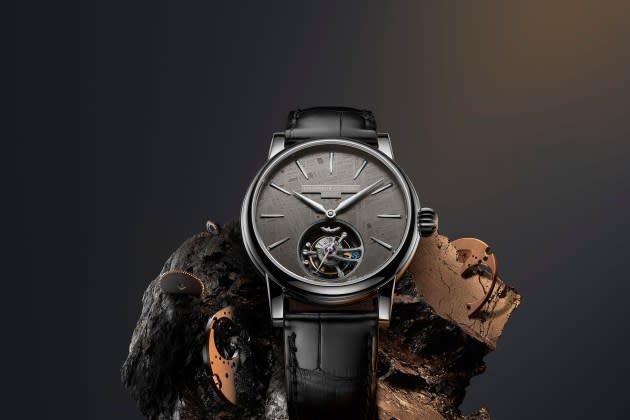
Throughout history, humans have used meteorites to make everything from tools and weapons to cultural objects and jewelry. When you hear the word “meteorite,” typically the first image that comes to mind are those awe-inspiring fragments from the vastness of the universe.
Coming from cosmic rocks that survived a journey of hundreds of miles through the atmosphere to get to the Earth’s surface, meteorites are debris from asteroids or even exploded planets. Their composition of iron and nickel make them an ideal material for watch dials because of its density and hardness and are considered among watch collectors to be the perfect amalgamation of time and space.
More from WWD
Steel Watch Bands Are Making a Comeback in Luxury, as Demand Soars
Watches and Wonders Promises to Be the Biggest Yet, With Exhibition Space Up 15% From Last Year
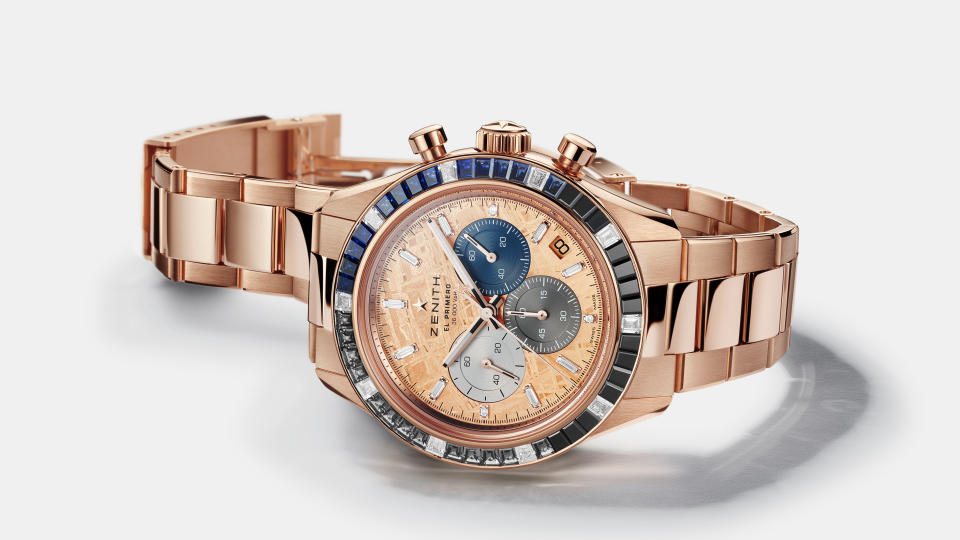
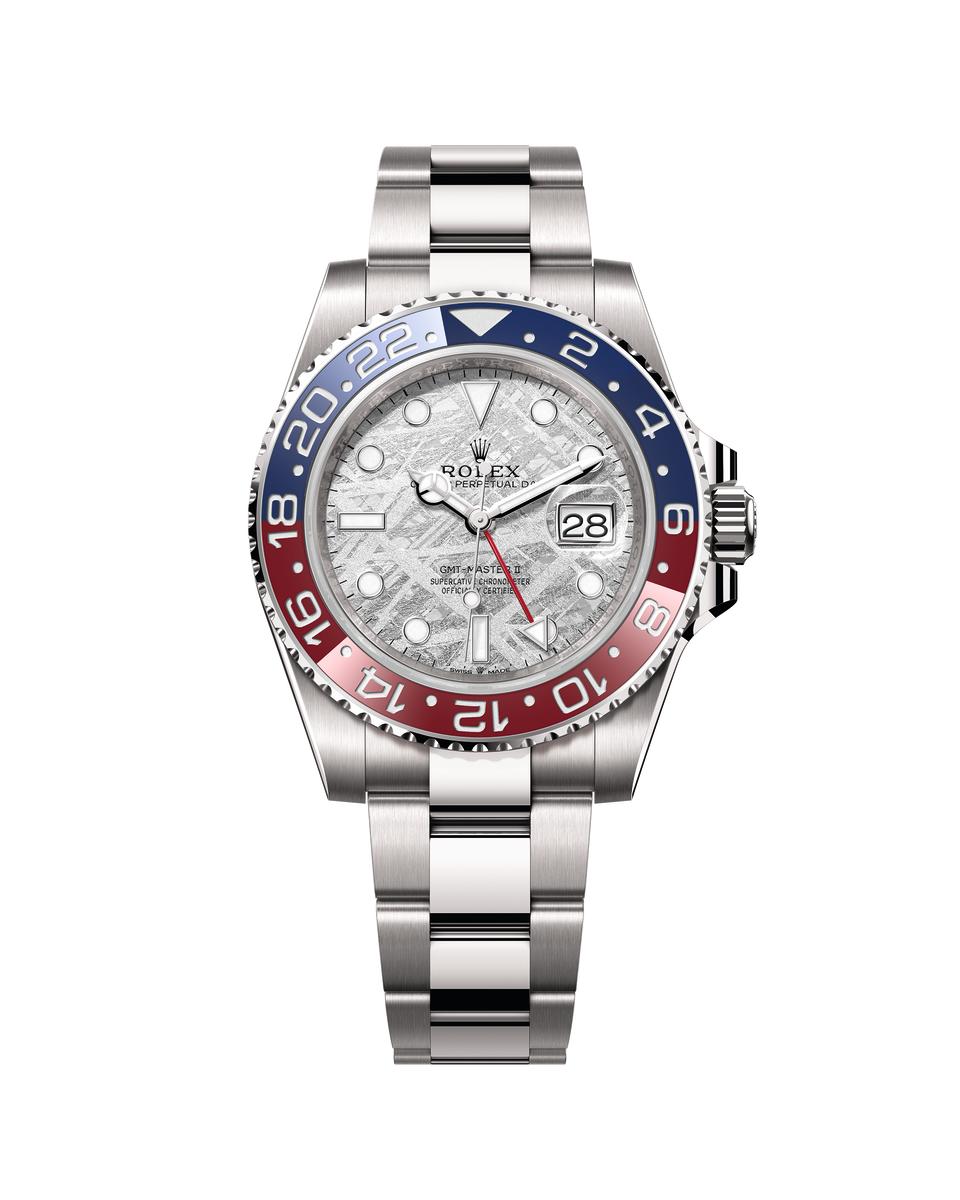
On the scientific front, to date, it is estimated that about 500 meteorites reach the surface of the Earth every year, but fewer than 10 are actually recovered, as most fall into the sea. One of the finest collections of meteorites is housed at the Natural History Museum in London, with a collection containing around 2,000 individual meteorites, in about 5,000 registered pieces. The Gibeon Meteorite, one of the most ancient meteorites known, is now a prized material in jewelry and watchmaking, and has been infused into some of the most coveted timepieces that integrate this unique material.
However, their use in watches is a more recent phenomenon, and with the watch industry being notoriously known for its determination to challenge the limits of what is and is not possible, many watch maisons have used this otherworldly and timeless alloy to craft their timepieces, cementing them as more than just an exquisite finish.
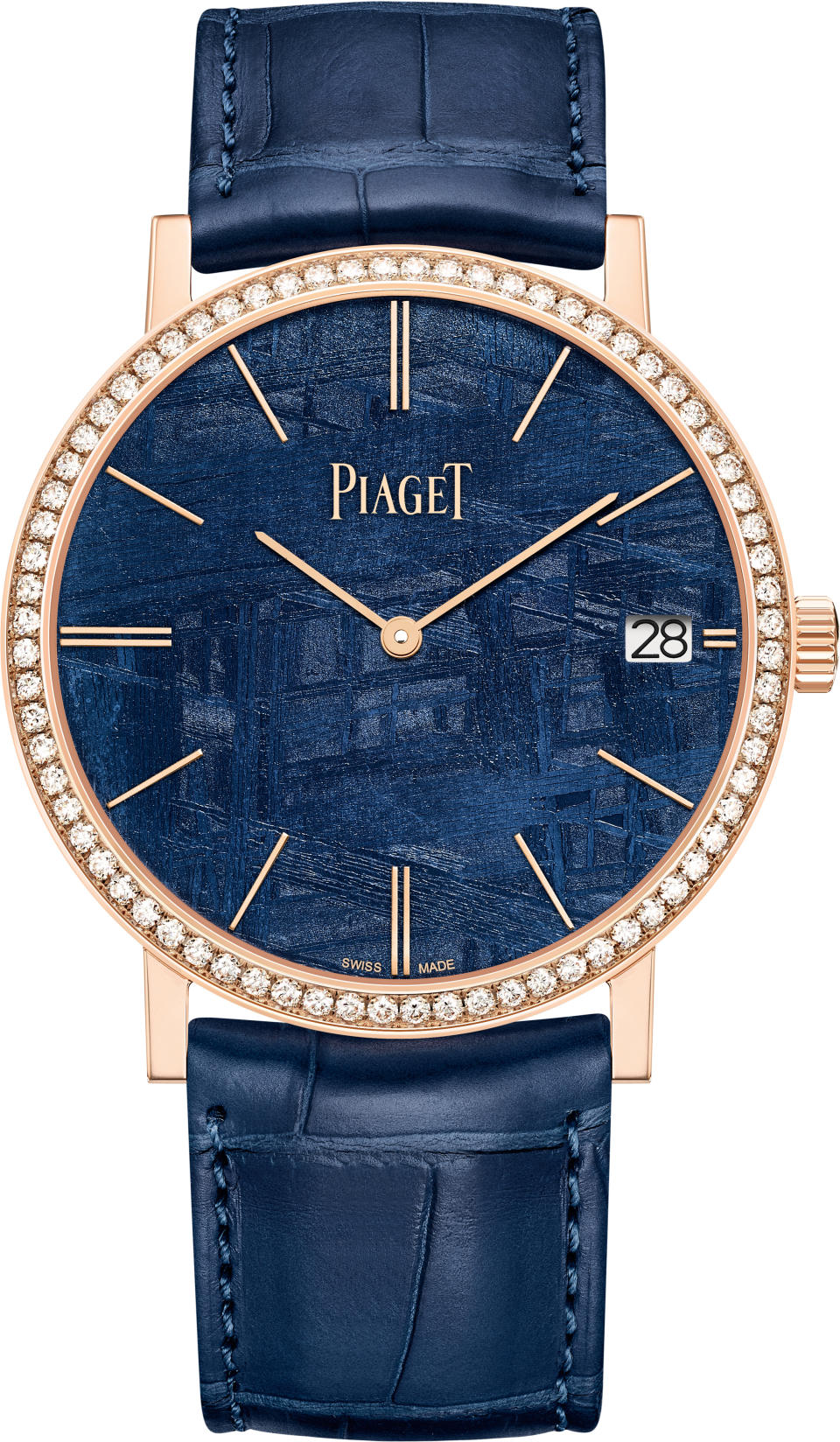

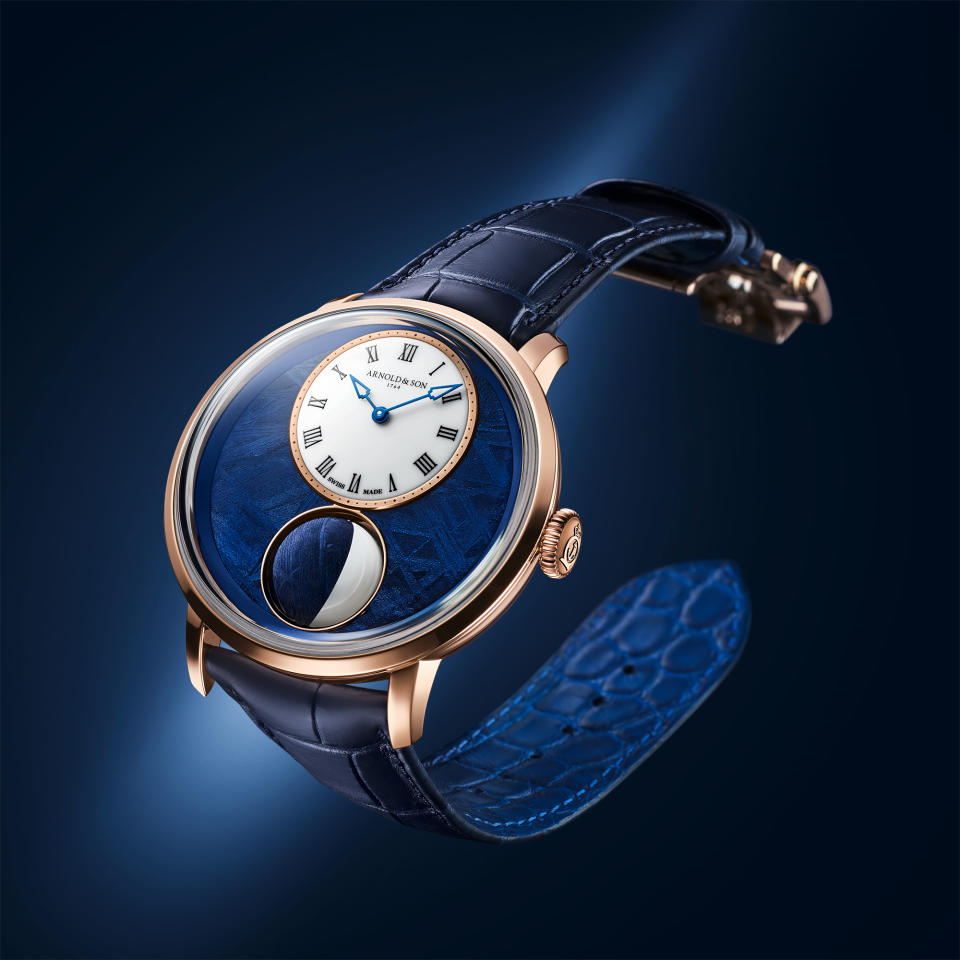
Rolex has been a true champion in this space, ever searching for the best and most exclusive materials, utilizing pieces of the rare space rock as part of the raw materials for the construction of its watches, and in turn leaving its mark as the first manufacturer to utilize slices of meteorite to develop completely unique dials, pairing them with other rare metals like 18-karat gold or 950 platinum to develop truly unique and collectable versions of the brand’s most noteworthy watches, such as in the Daytona and the Day-Date models. Meteorite dials can now also be found on premium versions of the Datejust, Pearlmaster and GMT-Master II.
Just like Rolex, Omega used Gibeon material for its Speedmaster Grey Side of the Moon watch, which was launched in 2014, making it a fitting choice since the Speedmaster was worn by the Apollo 11 astronauts when they landed on the moon in 1969 and is NASA’s official watch. Also in 1986, Corum unveiled a timepiece with a meteorite dial aptly named the Corum Admiral’s Cup Legend 42 Meteorite Dual Time watch, using one discovered by famous explorer Robert E. Peary in Greenland.
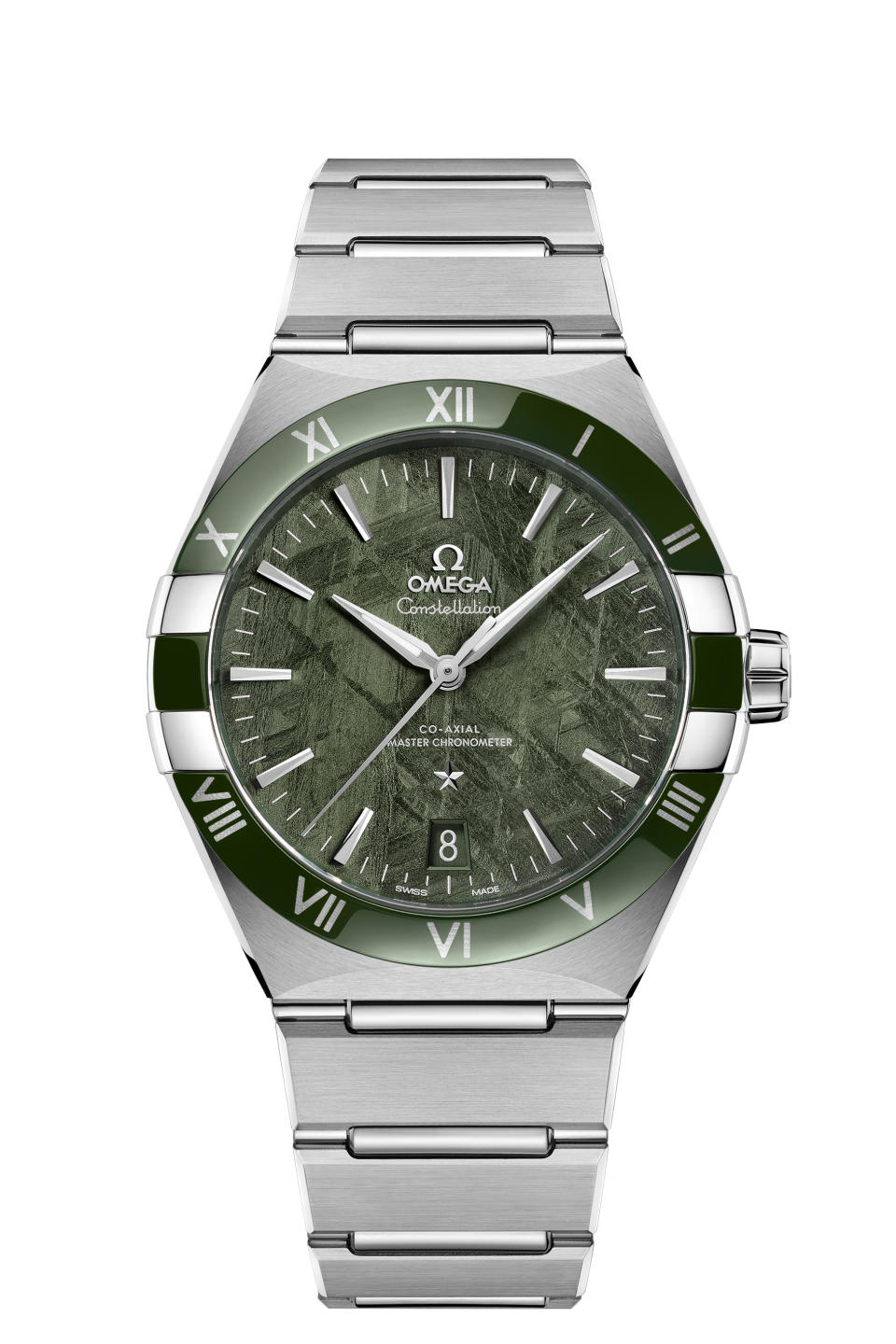
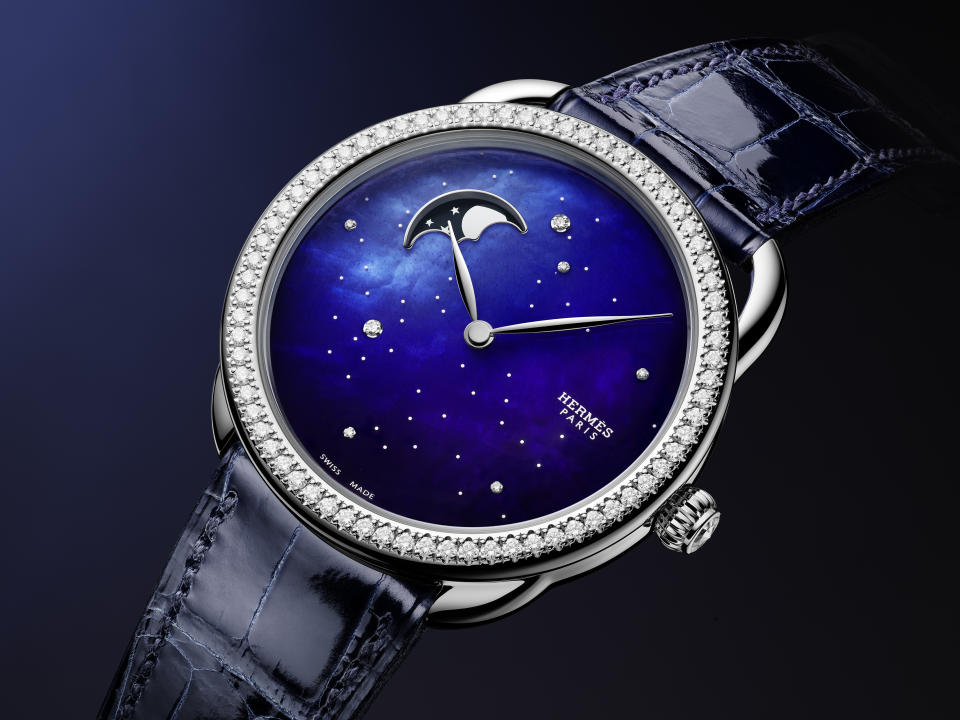
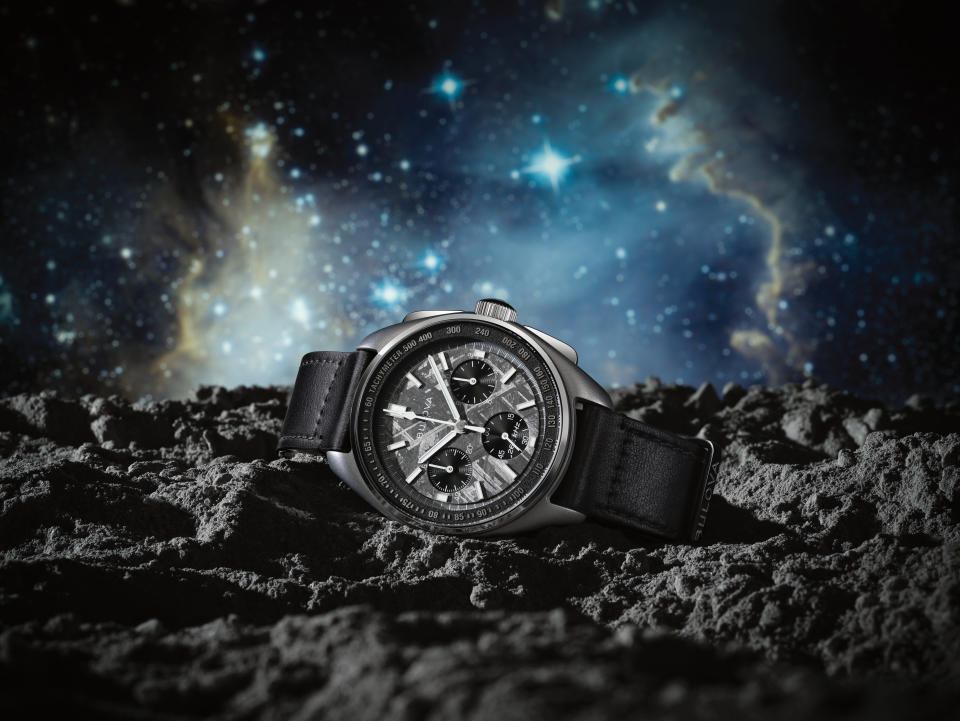
On the style front, owning a watch with a meteorite dial is like possessing a slice of the universe’s history, as its distinctiveness of each dial ensures that no two watches are identical, offering a personalized connection to the cosmos. Meteorite watches aren’t just about astronomical fascination as they also make a style statement; with an abundance of elegance and sophistication, these rare timepieces serve as excellent choices for formal occasions, as they have garnered the title of “tuxedo timepieces,” but they also offer versatility, seamlessly fitting countless styles and occasions.
Whether you are space or an horology fan (or both), ultimately meteorite dial watches are the ideal accessory for those enamored by the infinite wonders of space as much as expert watchmaking.
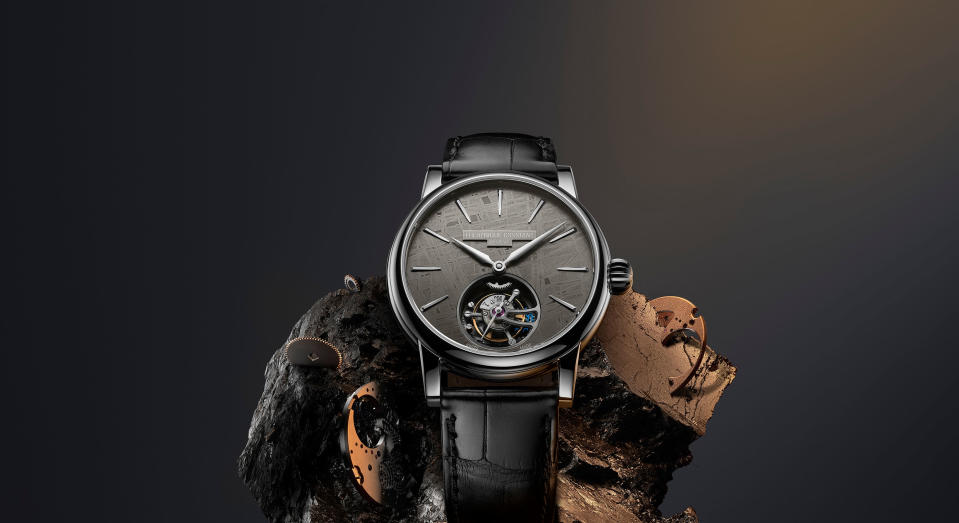
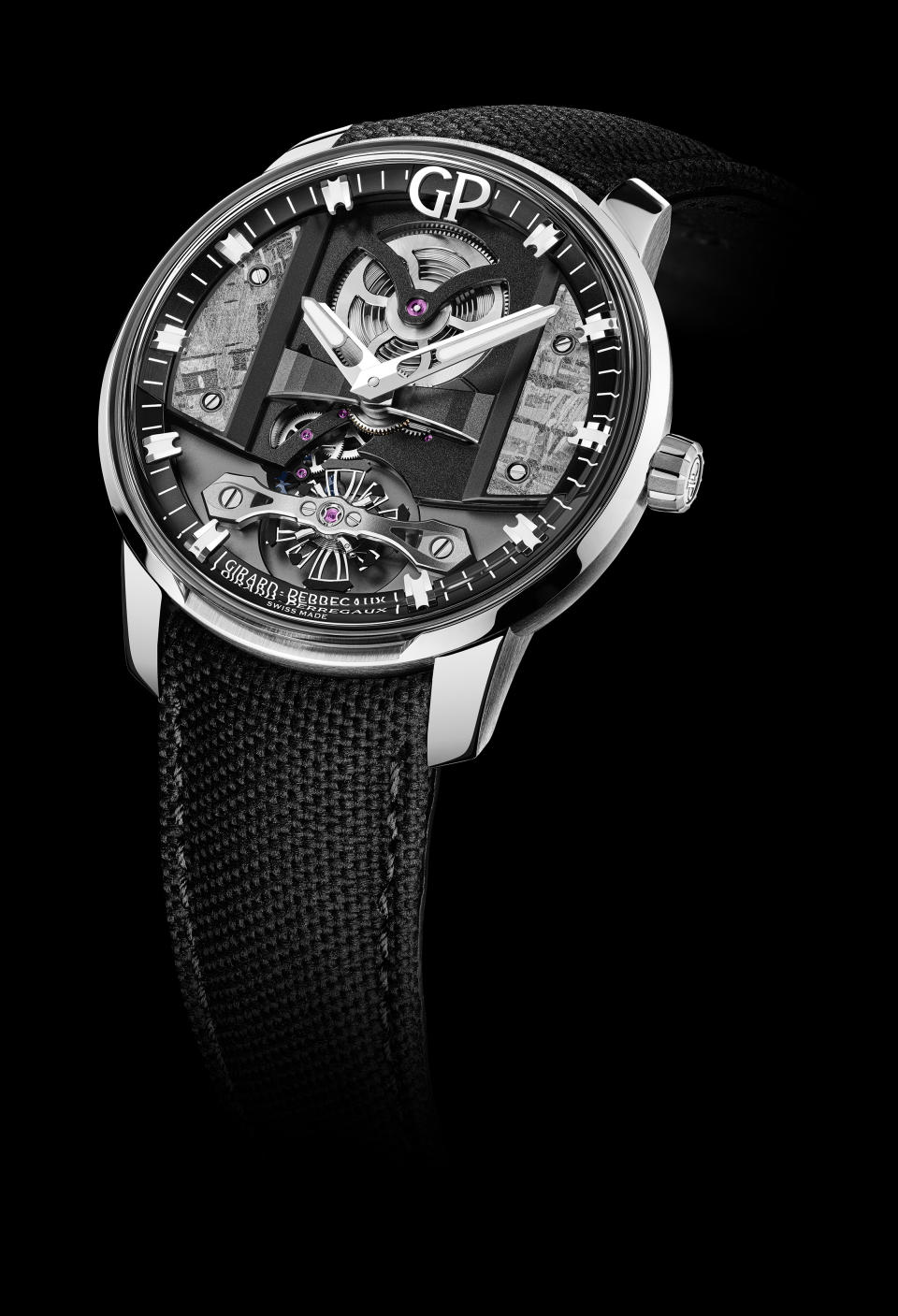

Best of WWD


